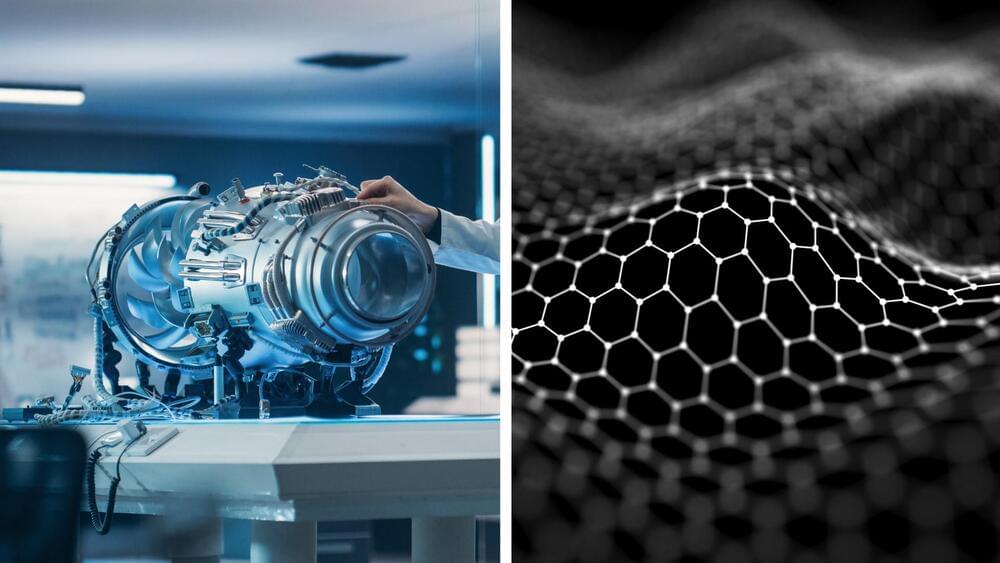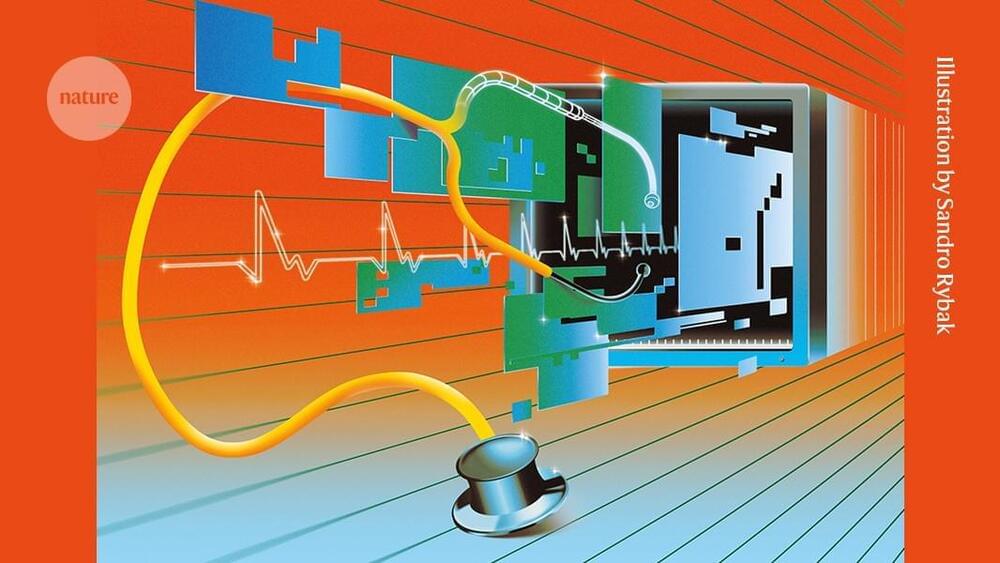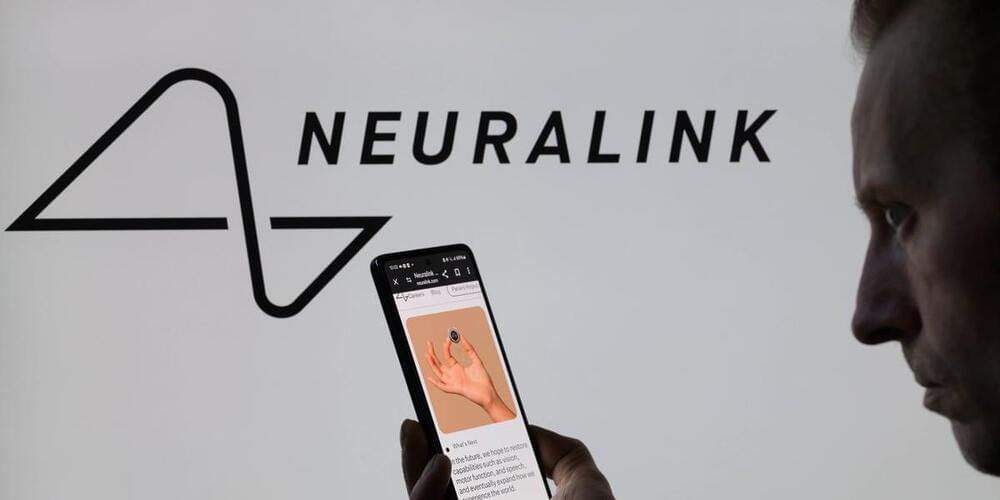Aug 25, 2024
Dark electrons discovered in solids in superconductor breakthrough
Posted by Cecile G. Tamura in categories: cosmology, quantum physics
Dark energy is not limited to outer space, many solid materials around us also contain electrons hidden in dark states.
Until now scientists believed that dark electrons, electrons associated with the quantum state of matter, simply don’t exist in solid materials.
However, a new study from…
Continue reading “Dark electrons discovered in solids in superconductor breakthrough” »


















